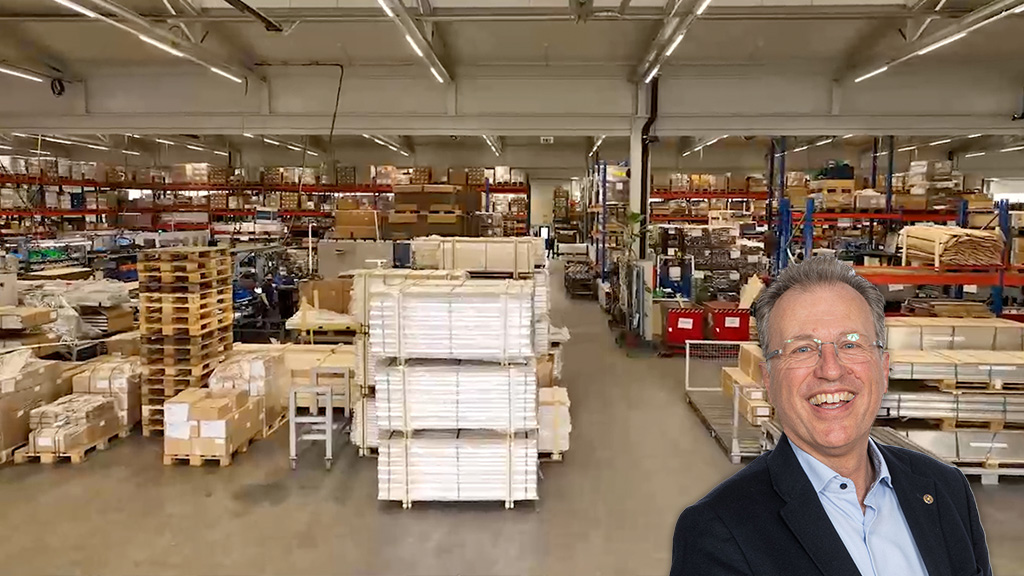Locking bars, loading beams, rails, tension belts, hardware: What we manufacture at allsafe are basically all very simple, mechanical products. Simple to manufacture and therefore ideal for outsourcing production to so-called low-cost countries. Because the market for load securing is a very price-oriented market. For many customers, price is what counts first and foremost. "Made in Germany" is usually not a selling point.
And that's why, until mid-2005, we at allsafe did what all our market competitors are still doing today and played along with this "game" of "outsourcing": We bought products in the Far East, especially in China, and resold them here in Germany. In view of the price pressure, this was at first glance the safest way to survive on the market.
So why did we change this "safe" business model? Why did we take this entrepreneurial risk to switch to manufacturing in Germany and Europe?
Why Made in Germany pays off
There were two reasons. On the one hand, there was the fluctuating quality of the deliveries from China. Sometimes it was very good, sometimes very poor. In the end, we never knew what we were getting.
And there was, on the other hand, the, I'll call it: Idea theft. When we developed a new product idea, a new solution for our customers, it took just six months for our competitors to offer the same product. Why? Because the manufacturers in China immediately offered it to their other customers in the industry as a matter of course.
The cheap production in China was therefore offset by two cost factors here at home. Firstly, the cost of developing new, clever solutions, which we practically helped to do for the competition. And secondly, the costs of quality assurance here at our company, including complaints, delivery delays, returns, etc. - and I thought, I don't want that anymore. I'm going a different way with allsafe ...
And even if I can hardly measure the "soft cost savings" that came about because these two cost factors were eliminated by moving production to Germany for a single product: Viewed as a whole, allsafe has become more profitable with the switch to manufacturing in Europe. And I am absolutely convinced that allsafe has also become more profitable because of this changeover.
Why Made in Germany is a selling point after all
It has in fact brought us many other advantages. Today, we have short distances to both our customers and our suppliers. This simplifies communication and increases flexibility. We have fewer complaints, we have simpler logistics, and faster and more reliable delivery times. I like to say, "We already deliver to the customer when others are still making promises."
And not only can we offer our customers individually designed and produced load restraints precisely for their needs - and just in time - we can also personalize the products with logos or part numbers on request.
If we, i.e. our customers and allsafe itself, take a close look and do the math: manufacturing costs, quality assurance, product availability, reliability and delivery capability. If we approach the total cost of ownership in this way, then it turns out:
Made in Germany is anything but luxury, it is cheaper than purchasing in the Far East. It is closer to the customer. It is healthier for our economy and our environment.
And for allsafe, this also means that we are positioned more securely and more independently of global crises.
Detlef Lohmann
